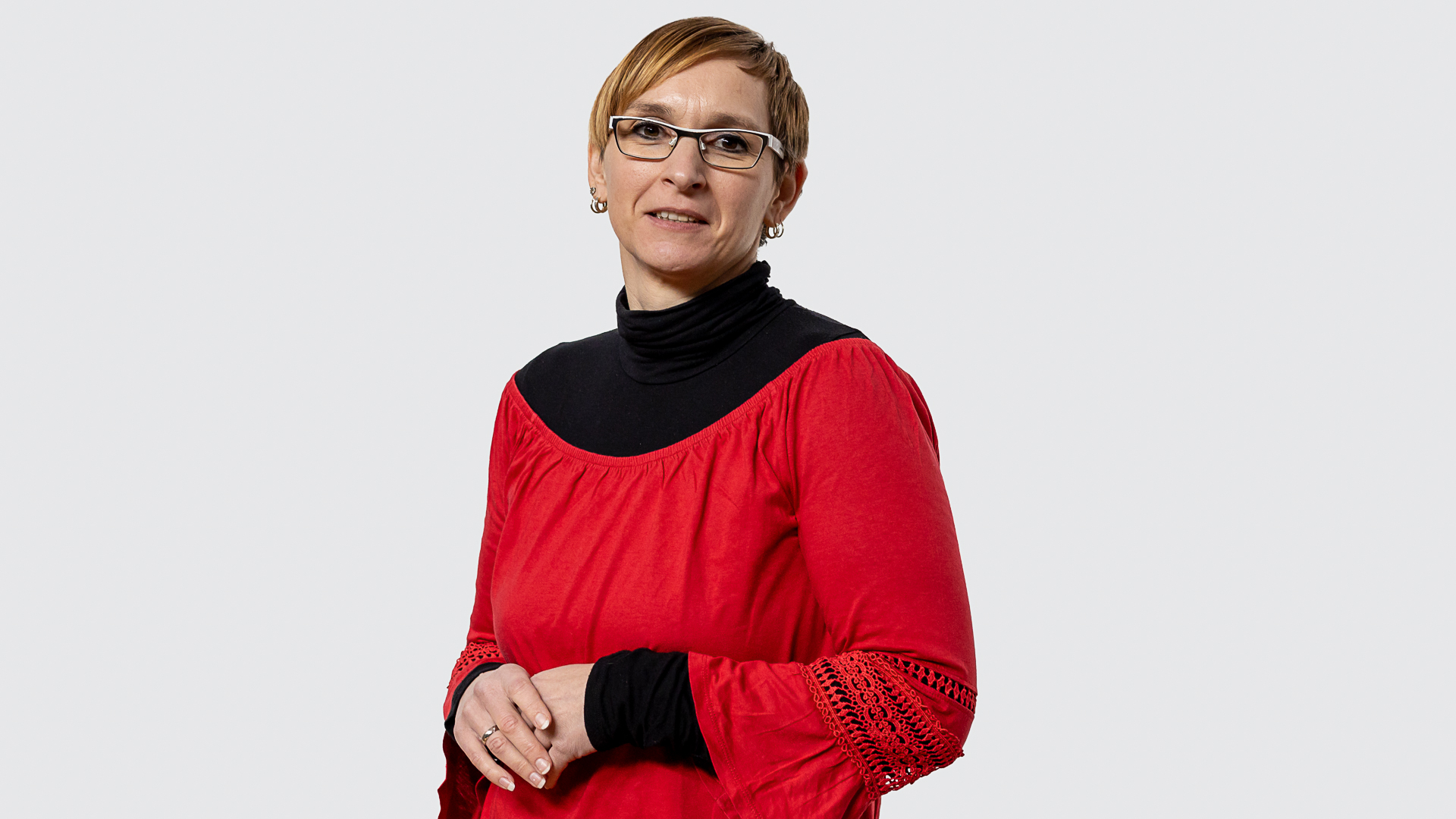The work will take place at a Department for low and medium energy physics (F2) in an experimental station on 2 MV tandem accelerator https://f2.ijs.si/en/infrastructure/2020071509342251/mic–microanalytical-centre , in a dynamic and relaxed environment. It would mainly include experimental work in Laboratory for fusion research https://f2.ijs.si/en/fusion and modelling of physical processes that will help to understand the experimental results.
Understanding the interaction of hydrogen with the host lattice of plasma-facing materials is crucial since low hydrogen isotope (HI) retention is a stringent prerequisite in thermonuclear fusion. In a future fusion power plant, the largest fraction of the released energy is carried by high-energy neutrons produced by the deuterium-tritium fusion reaction (D + T → He (3.5 MeV) + n (14 MeV)). For the expected operational reactor duty cycles the irradiation by 14 MeV neutrons will create defects in the material lattice, the so-called displacement damage, which is anticipated to be few displacements per atom (dpa) per year. Created defects will importantly influence on HI retention and transport, since lattice defects act as trapping sites for HIs with high de-trapping energy as compared to the energy of HI diffusion. This PhD work will be focused on the use of specific characterization technique to explore the influence of structural defects on HI retention and vice versa. We want to use ion channelling method to characterize the produced structural defects and HI retention. We want to combine Rutherford backscattering spectroscopy in channeling configuration (RBS-C) with the absolute quantitative deuterium detection method and perform it in channelling mode, so-called channeling-nuclear reaction analysis (NRA-C). Such an approach will enable the direct correlation of the HI retention with the structural defects (such as vacancies, vacancy clusters and voids) and determination of the lattice positions of hydrogen atoms around studied structures.
The PhD candidate would study the defects in the crystal lattice of the material caused by high-energy particle bombardment and the impact of these defects on the HI retention in the materials. As part of the doctoral topic, the candidate would employ the analytical techniques in channeling mode (RBS-C and NRA-C) at the existing experimental setup that will allow the detection of defects in the crystal lattice and study the amount of hydrogen trapped in the defects. The main studied materials will be tungsten and iron, with the focus on deuterium trapping in small vacancy clusters and helium-vacancy clusters. Use of the newly developed techniques will allow us to upgrade our current knowledge in the interaction of HI with defects with the goal of better extrapolation for future fusion reactors. PhD work will be internationally involved and will be part of European EUROfusion project.
Related references:
- Markelj, S. et al. Nuclear Materials and Energy 39, 101630 (2024) https://doi.org/10.1016/j.nme.2024.101630
- Markelj et al. Acta Materialia 263 (2024) 119499 https://doi.org/10.1016/j.actamat.2023.119499
- Markelj S. et al., Phys. Scr. 97 (2022) 024006 https://doi.org/10.1088/1402-4896/ac4860
- Pečovnik, M., et al. Nucl. Fusion 60 (2020) 036024 https://doi.org/10.1088/1741-4326/ab680f
- Markelj, S., et al. Nucl. Fusion 59 (2019) 086050 https://doi.org/10.1088/1741-4326/ab2261
